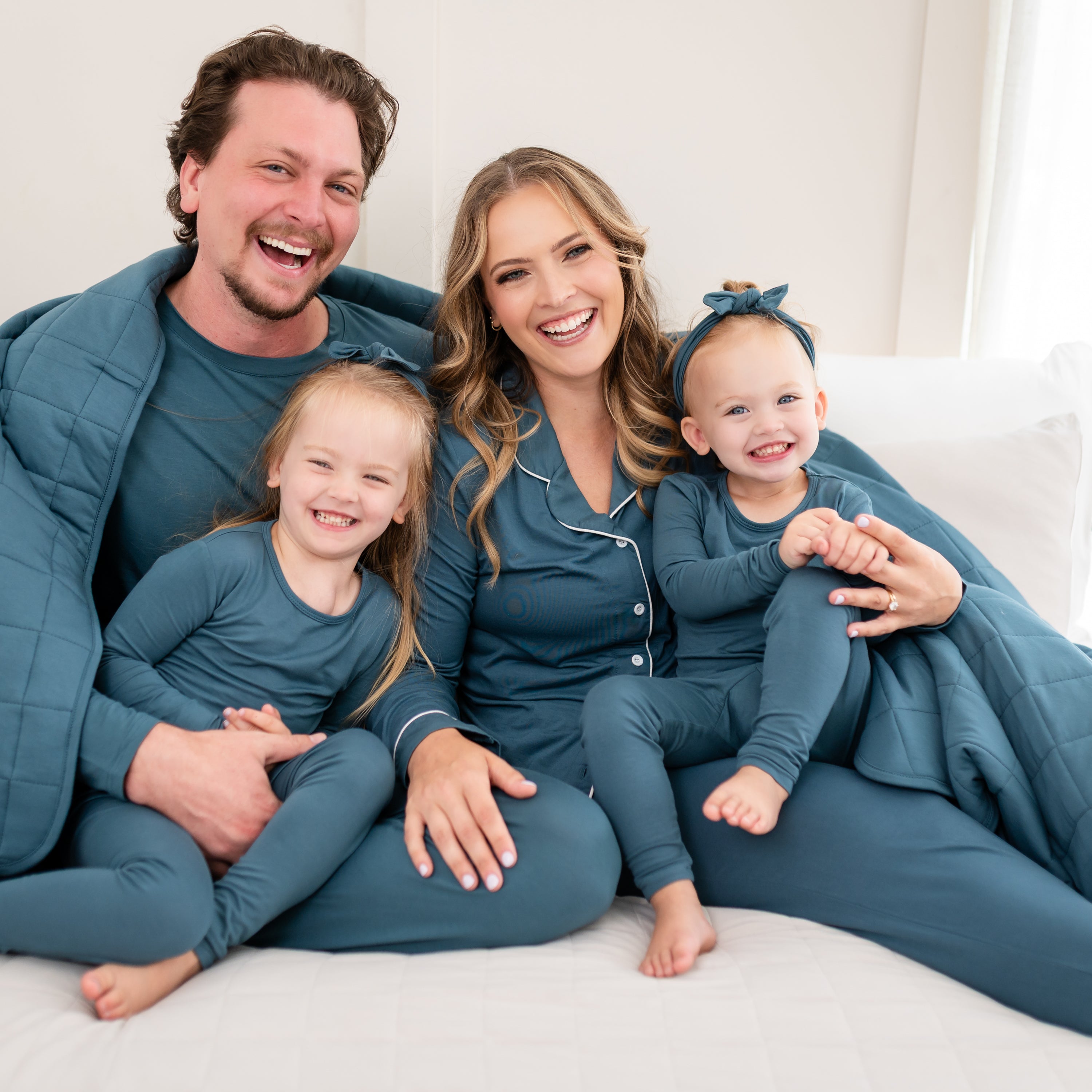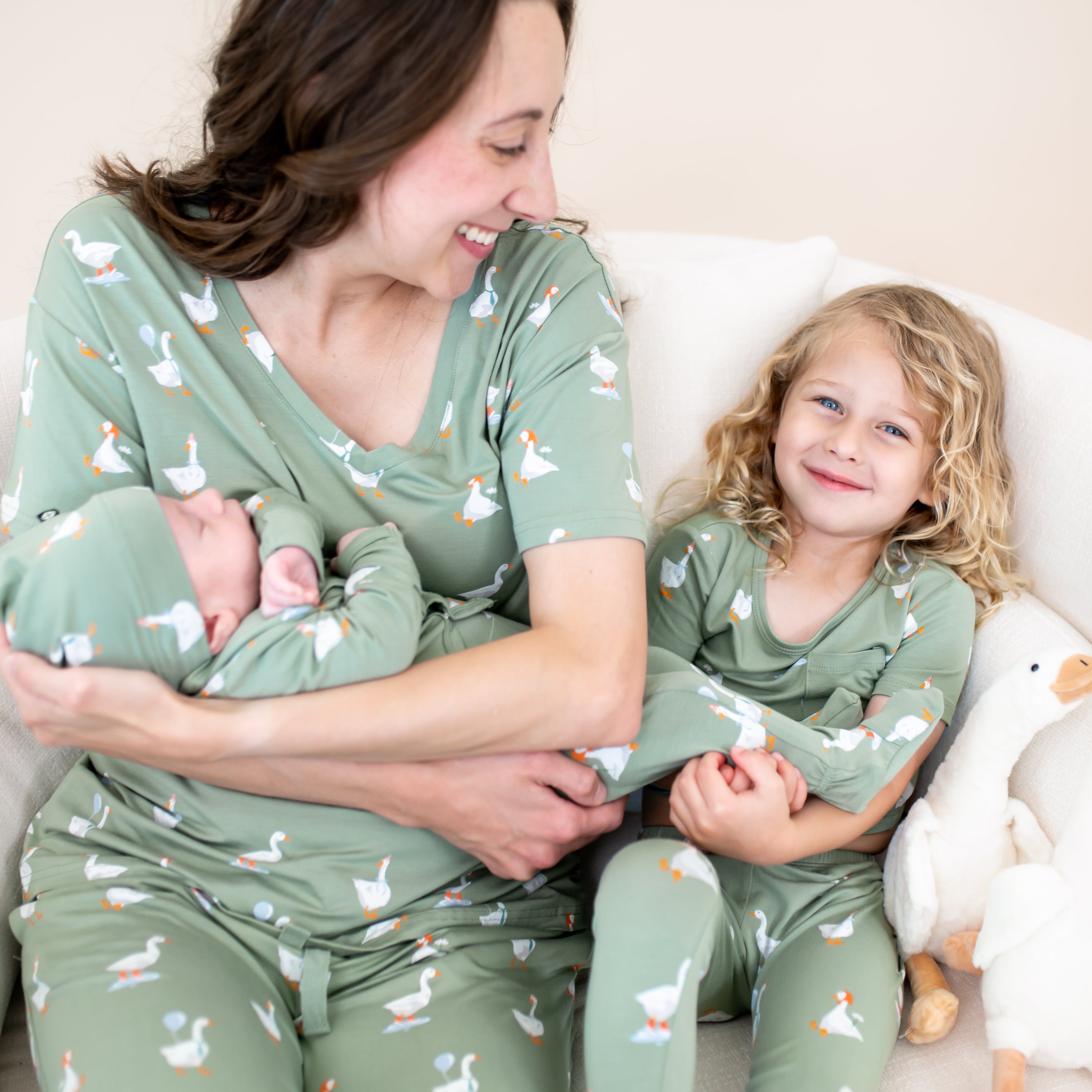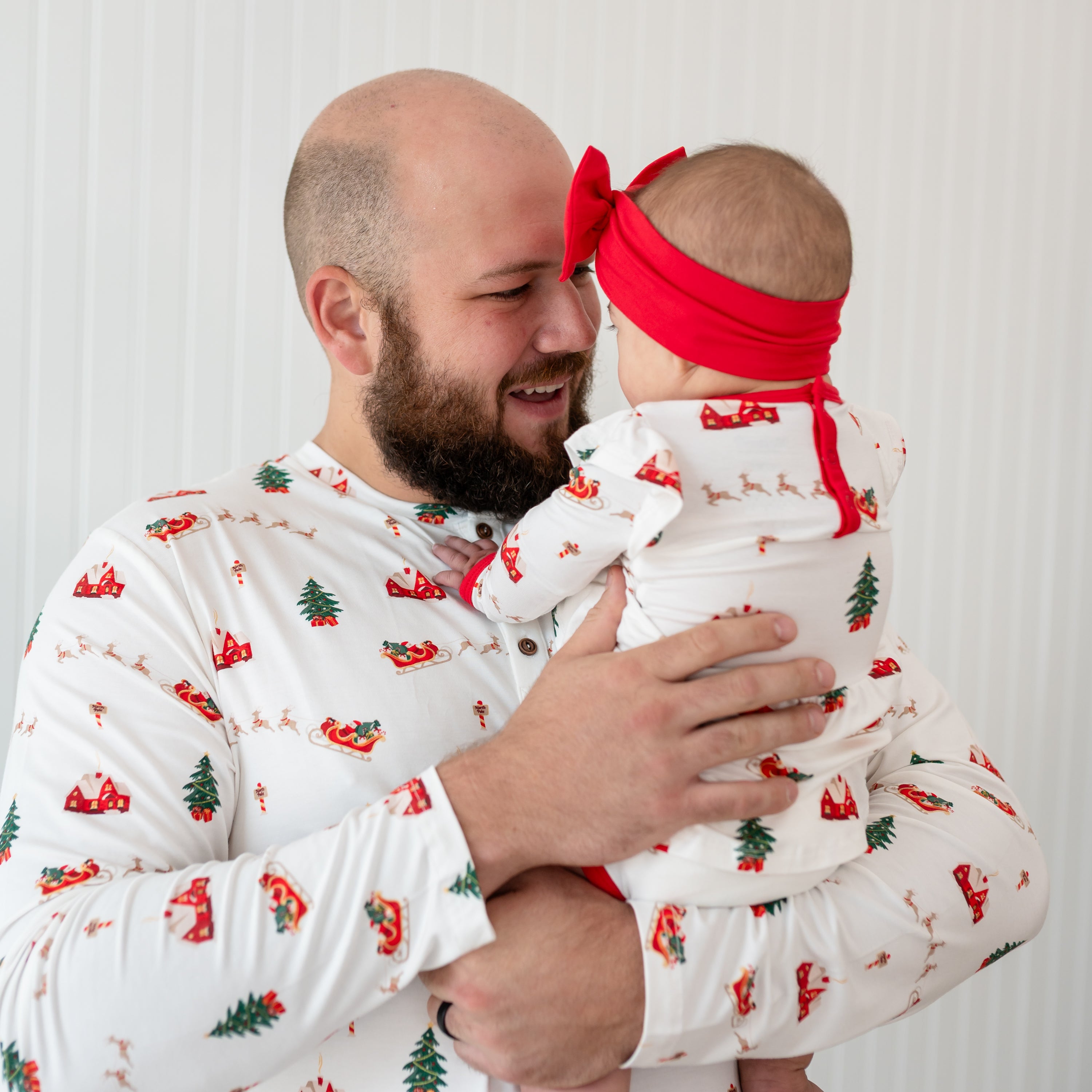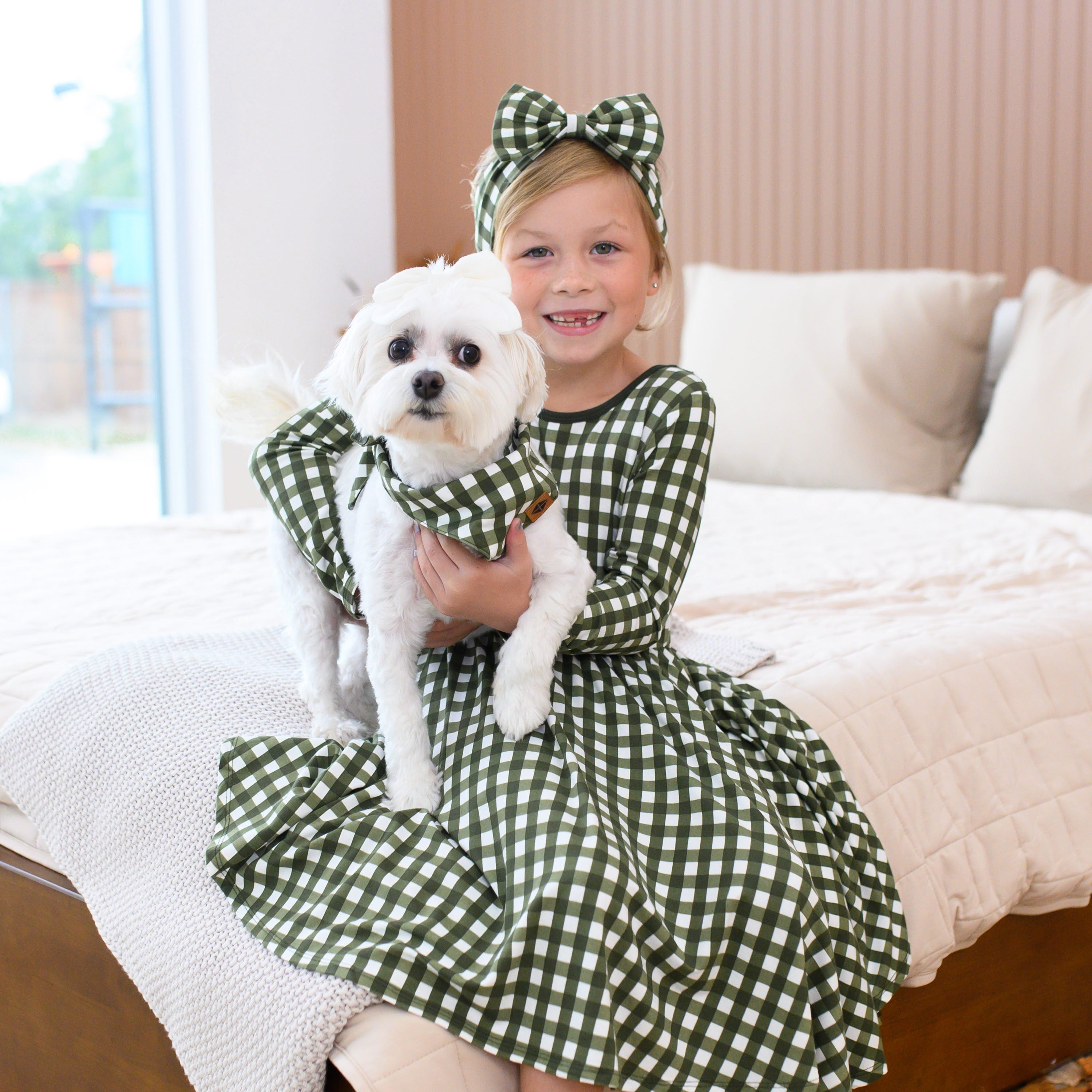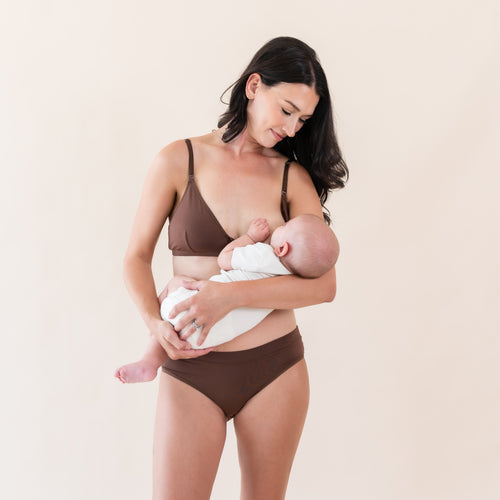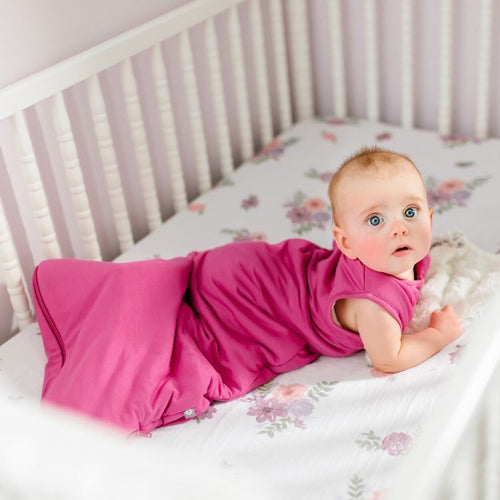
A lot of sleep terms can be accidentally used interchangeably and that can be really confusing, especially for new parents! When someone recommends cosleeping, they could mean sharing the same room as your child OR sharing the same bed as your child.
So, with that in mind, it’s very important to be specific about the sleeping arrangements you have with your child!
Of course it is very natural to want to be close to your child while they sleep, but the current recommendations from the American Academy of Pediatrics is that your child sleeps in the same room as you but in their own separate sleep space.
What does the AAP say about bedsharing?
The AAP does acknowledge that bedsharing (sharing the same sleep surface as your child) does occur, but they recommend keeping the sleep space bare if there is a possibility of you falling asleep with your child in bed with you and returning them to their own separate sleep space whenever you wake up and notice.
Here’s a recent blog that went over safe sleep practices.

Why does the AAP recommend room sharing?
Roomsharing has been proven to have a protective effect against SIDS and it can make managing night time wakings with more ease.
However, it’s important to view roomsharing like wearing a seatbelt. Like a seat belt doesn’t prevent you from being in an accident, roomsharing doesn’t prevent SIDS the same way the ABC’s of sleep does (alone, on their back, in their crib). However, it does protect them if a SIDS type event happens to occur, just like a seatbelt protects you in the event of a car crash.

What is co-sleeping, and what is the difference between co-sleeping and bed-sharing?
The term cosleeping can sometimes be used to describe bedsharing OR sharing a room with your child.
Bed-sharing means sleeping in the same bed as your baby, or sharing the same sleeping surface.
Co-sleeping means sleeping in close proximity to your baby, sometimes in the same bed and sometimes nearby in the same room (room-sharing).
In other words, bed-sharing is one way of co-sleeping. But the safest way to co-sleep with your baby is to room share — where your baby sleeps in your bedroom, in her own crib, bassinet or playard.

How long does the AAP recommend room sharing?
The AAP recommends room-sharing with your baby until she’s at least 6 months old, and possibly until her first birthday.
There is a caveat to that though-- new research has found that the longer you room share, the increased likelihood of unsafe sleep practices can occur.
And new studies also show that most parents AND babies sleep better in their own space.
That’s why it’s important to understand the difference between preventing and protecting. Since room sharing doesn’t increase or decrease the risk of a SIDS events, some parents will choose to move their child out of their room sooner.
Can you still sleep train if you’d like to continue room sharing?
Absolutely! Sleep training, by definition, is just changing sleep habits with behavioral changes or interventions. (Like changing the way we respond to crying for example).
Most parents feel like they cannot improve sleep while they are still roomsharing, but while it may not be “perfect’ until they’re sleeping in their own space, it certainly isn’t impossible!
Some parents will move out of their room the first few nights of any sleep training so that they can practice their sleep training method whenever they need to at night/outside of feedings. This can help them remain consistent and gets them through the hardest nights of sleep training.
Then parents move back in and usually everyone is sleeping better! It’s not typically difficult to transition a child into their own room whenever parents are ready.

So to recap the difference between roomsharing and bedsharing:
Cosleeping: could mean bedsharing OR room sharing
Bedsharing: sharing a bed with your child
Room sharing: sharing a room with your child, but they’re on their own separate safe sleep space
As you can see, using those terms interchangeably can be misleading for parents! It’s best to be specific when it comes to safety and education when using terms related to sleep.
AUTHOR:
Ashley Olson is a certified pediatric sleep consultant, owner of Heaven Sent Sleep, and passionate about helping new parents, experienced parents, desperate and sleep deprived parents form healthy sleep habits for their children.
She has over 4 years of experience in working with families and has completed over 150 hours of coursework plus continuing education related to infant and toddler sleep. The focus of her work is on fostering a routine that grows your bond with your child while improving their sleep habits. She specializes in custom sleep plans and one on one support in changing sleep practices!














